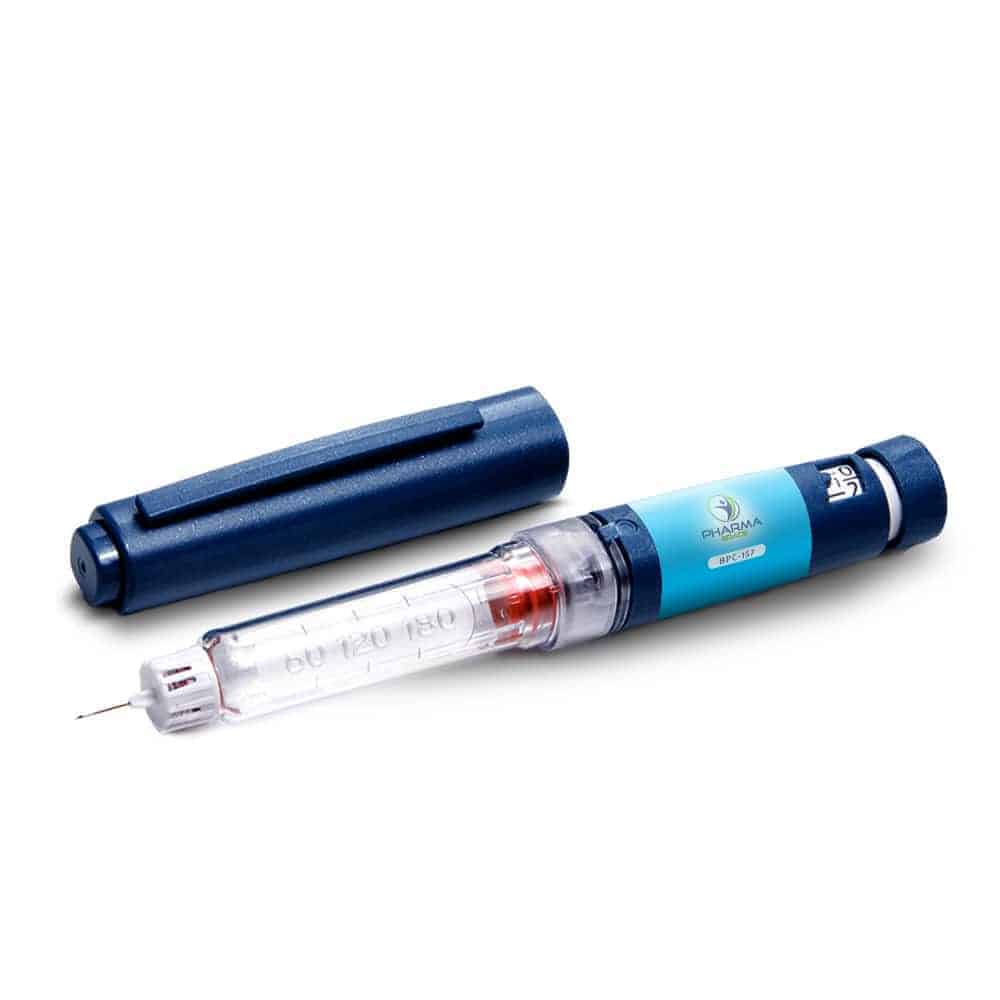Gastric Pentadecapeptide Bpc 157 As An Effective Therapy For Muscle Mass Crush Injury In The Rat Surgical Procedure Today Yes, BPC-157 has actually revealed pledge in assisting the recovery of joint and muscle mass injuries. It can aid repair damage to ligaments, tendons, and muscle mass, advertising faster healing and lowering the danger of problems. At Impressive Meds, our doctors consistently prescribe the top-notch PDA peptide to people after an examination and customized treatment strategy.
Stable Gastric Pentadecapeptide BPC 157 Therapy for Primary Abdominal Compartment Syndrome in Rats - Frontiers
Stable Gastric Pentadecapeptide BPC 157 Therapy for Primary Abdominal Compartment Syndrome in Rats.

Posted: Sun, 12 Dec 2021 08:00:00 GMT [source]
Summary Of Clinical Research Studies And Study Data
- Prior to beginning any kind of new supplement or treatment, always speak with a health care professional.With the hazardous impacts of intra-abdominal hypertension, peripherally however likewise centrally, rats with an occluded remarkable sagittal sinus might be an illustratory example (Gojkovic et al., 2021a).Remarkably, BPC-157 bids capillary to unfurl their network much more swiftly, therefore nurturing harmed areas with a rejuvenating circulation.Spine injury recuperation was achieved in BPC 157-treated rats, suggesting that this therapy affects the intense, subacute, subchronic, and chronic phases of the additional injury stage.Until now, just to boost anastomosis healing, checked were keratinocyte growth factor-2 (KGF-2) (revealed to be inefficient provided intraperitoneally) [26] (regardless to therapeutic efficiency of a mutant of KGF-2 on trinitrobenzene sulfonic acid-induced rat design of Crohn's condition [27] and FGF-beta (efficient offered topically [28].
Understanding Boosted Recovery Procedures At A Mobile Level
These adjustments, however, quickly came before the lethal outcome on post-operative day 5. Furthermore, BPC 157, based on the helpful activities noted [1,5,7,17,18,19,45-51], would have specific impacts on the NO-system (for evaluation [1-7], as observed in different versions and species [1,5,7,17,18,19,45-51], but it has actually not previously been tested in anastomosis recovery. Also, the NO-system plays a specific function in the stomach sore recovery [1] It has been much more frequently examined in gastric lesions [1] than in esophagitis sores [18,52]; regardless of inconsistencies, L-arginine has a useful impact, while L-NAME has an ulcerogenic impact [1], and they have actually not been examined in esophagogastric anastomosis. Formation of new members vessels involves 2 major, partly overlapping systems, angiogenesis and vasculogenesis. The additionalmechanism of arteriogenesis is associated with the formation of collaterals. In calvarial window (upper), at 15 min boosted pressure time and drug saline (5 ml/kg ip) (top, left, control, a) or BPC 157 (10 ng/kg sc) (top, ideal, A), at 10 minutes raised intra-abdominal stress time. After sacrifice (reduced), at the 25 min enhanced intra-abdominal pressure time (saline (5 ml/kg ip) (low, left, control, b) or BPC 157 (10 ng/kg sc) (reduced, ideal, B) at 10 min boosted intra-abdominal stress time. Popular brain swelling in control rats (left), completely turned around in BPC 157 rats (right). A camera connected to a VMS-004 Exploration Deluxe USB microscopic lense (Veho, USA). Rats were laparatomized prior to sacrifice for the matching presentation of the outer vessels (azygos capillary, exceptional mesenteric capillary, portal vein, inferior caval vein, and stomach aorta). The recording was done with a camera connected to a VMS-004 Discovery Deluxe USB microscopic lense (Veho, USA) at the end of the experiment and examined as prior to (Gojkovic et al., 2021a; Knezevic et al., 2021a; Knezevic et al., 2021a; Knezevic et al., 2021b; Strbe et al., 2021). The aforementioned outcomes revealed that BPC157 reached its top swiftly in beagle pet dogs and was swiftly gotten rid of after reaching its peak. BPC157 revealed direct pharmacokinetic qualities in beagle canines at the experimental dose. Our suggested clinical dosage of BPC157 was 200 µg/ person/day, and its equal dose in pets was 6 μg/ kg (converted based on body surface area). Consequently, we performed pharmacokinetic studies of BPC157 in beagle pet dogs complying with single IV administration at a dosage of 6 μg/ kg, single IM administration at dosages of 6, 30, or 150 μg/ kg, and repeated IM management at a dosage of 30 μg/ kg for 7 consecutive days. The administration of BPC157 was well endured by all canines, and no aesthetic signs of toxicity were observed, which was consistent with our previous security analysis studies. Importantly, BPC 157 additionally lowers the effects of, i.e., gastrointestinal and/or liver lesions (Ilic et al., 2010; Ilic et al., 2011a; Ilic et al., 2011b; Lojo et al., 2016; Drmic et al., 2017) and severe muscle mass weak point (Klicek et al., 2013; Medvidovic-Grubisic et al., 2017)). Therefore, these valuable impacts are interrelated and show up useful for the therapy of several vicious circles that might at the same time show up in rats permanently preserved under extreme intra-abdominal high blood pressure problems. By themselves, all these disturbances, which were ameliorated/reduced, are quite severe. Thinking about the different reasons for secondary stomach area syndrome (Hunter and Damani, 2004; Hedenstierna and Larsson, 2012), these disturbances, each with a various collection of reasons, may additionally add to high intra-abdominal stress, and therefore when ameliorated/reduced, they may indicate the useful effect of BPC 157 treatment in instances of second high intra-abdominal pressure.Is BPC 157 safe?
These researches haven't shown clear toxicity or negative negative effects. However, the major worry about BPC 157 is the lack of substantial evidence confirming its safety and security in people. This is specifically vital offered its prospective impact on different cellular signaling pathways, which can present serious dangers.
